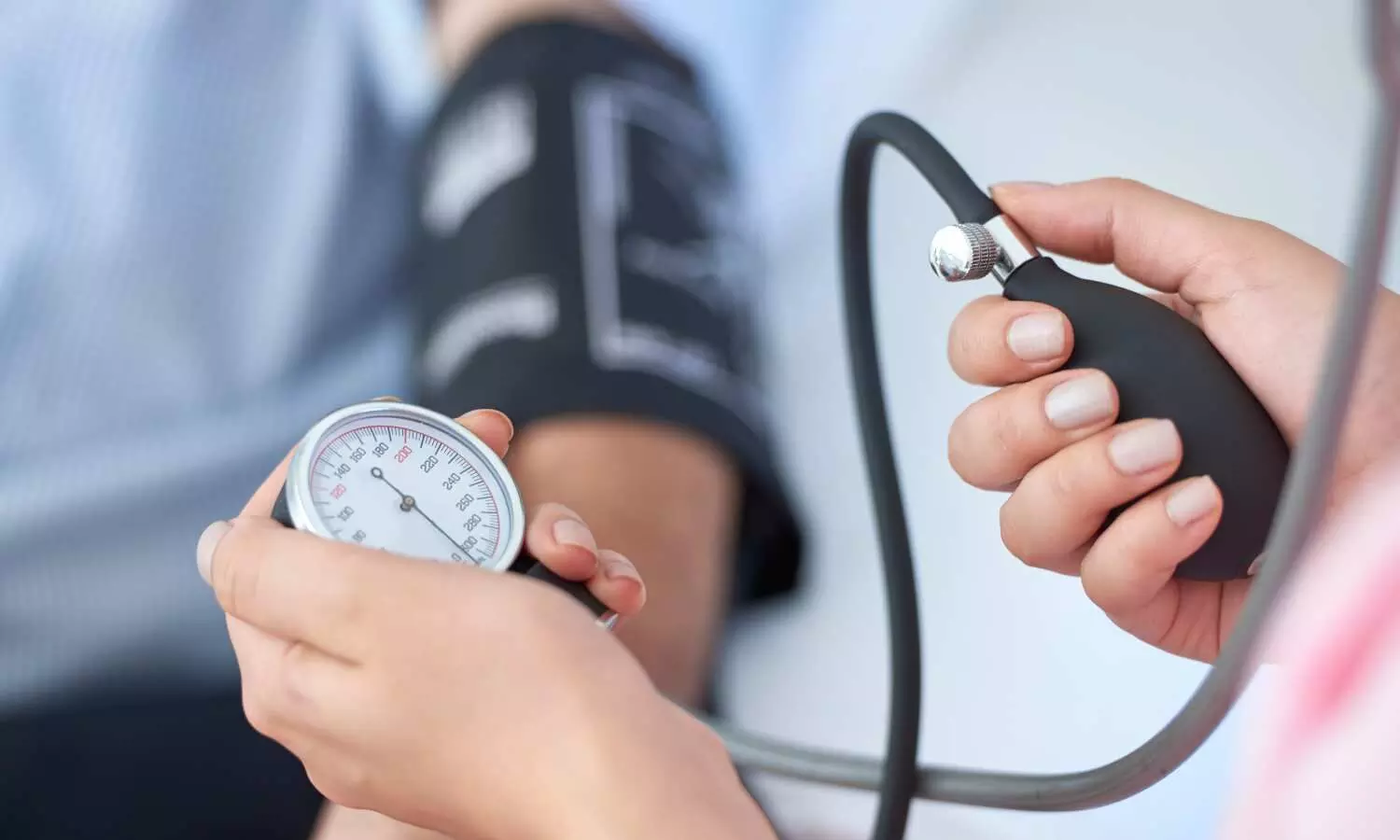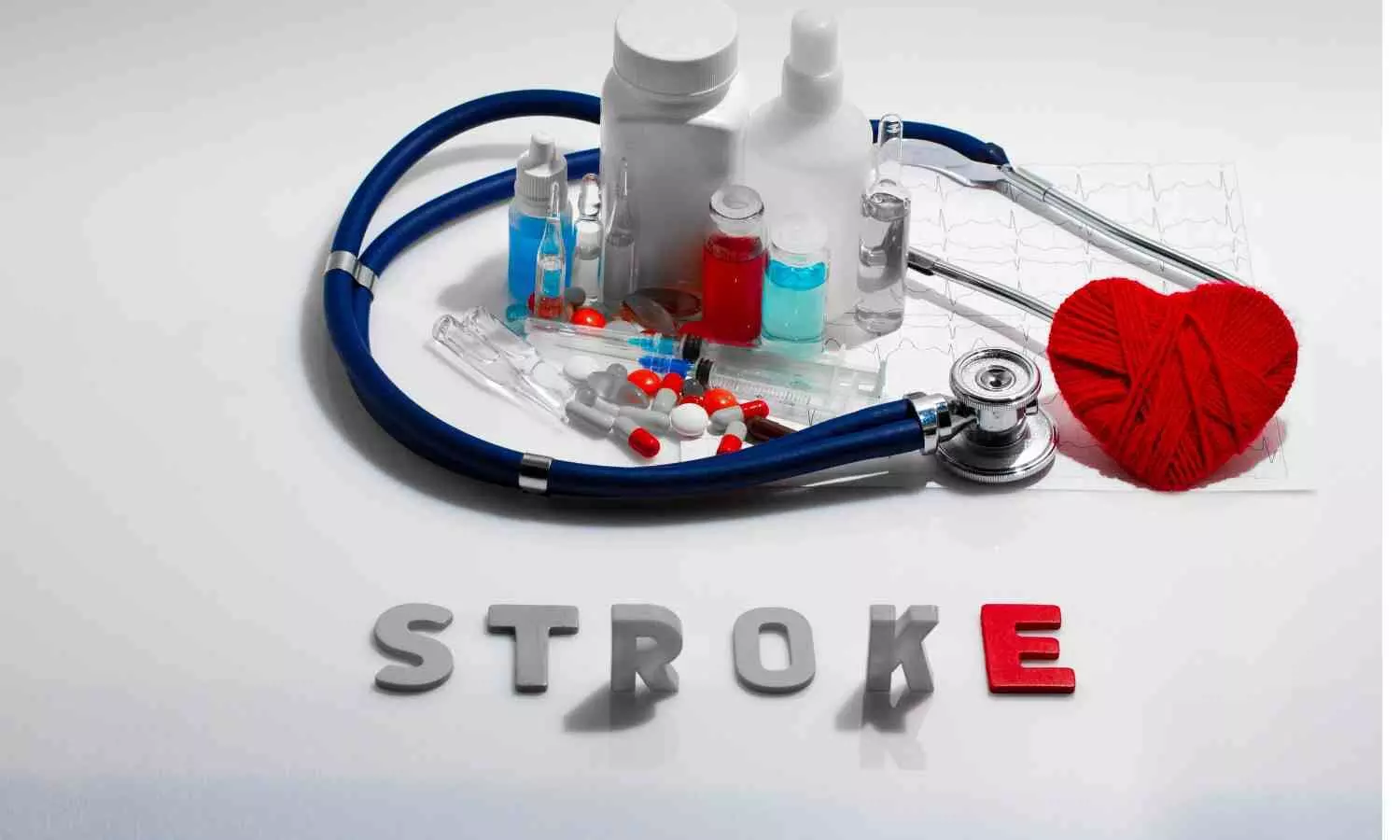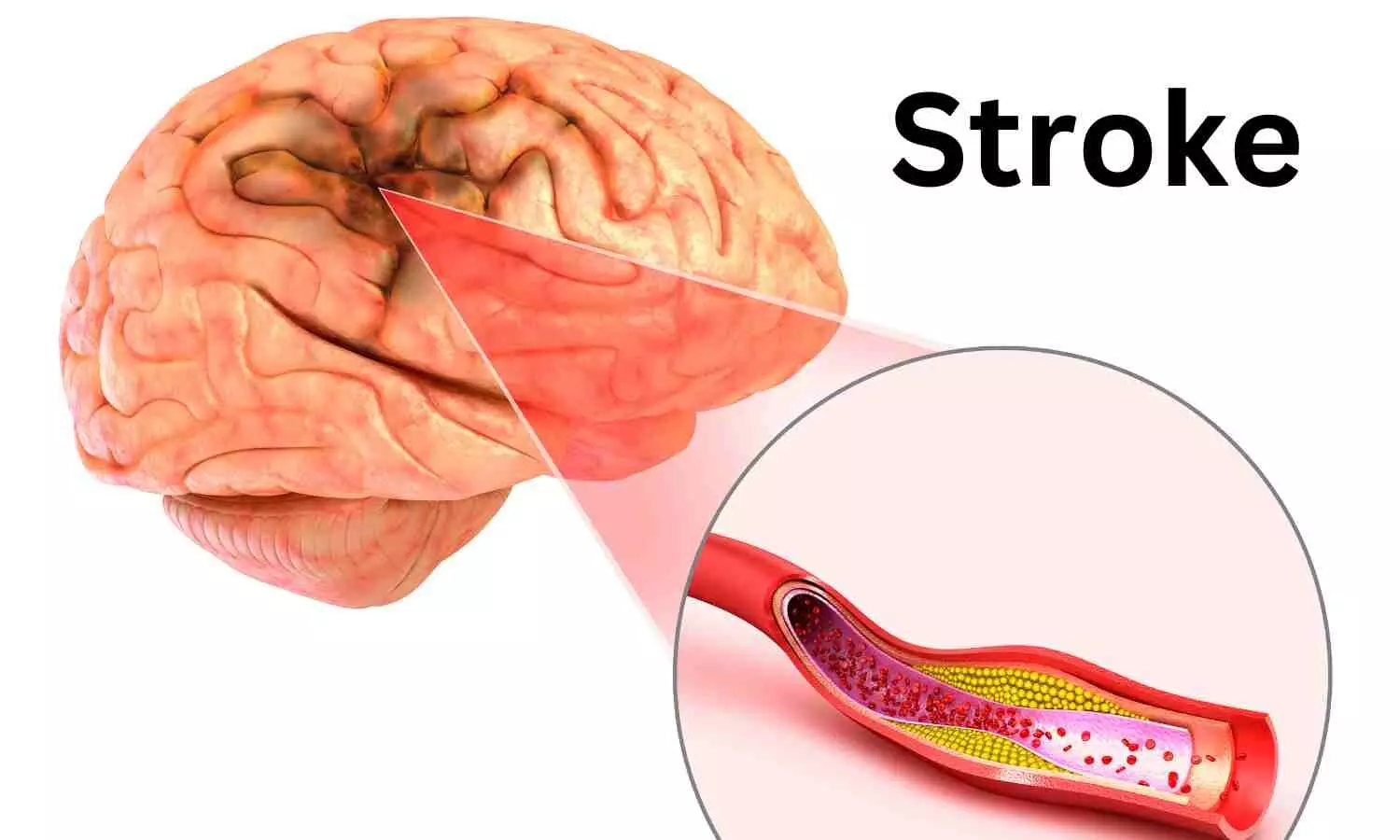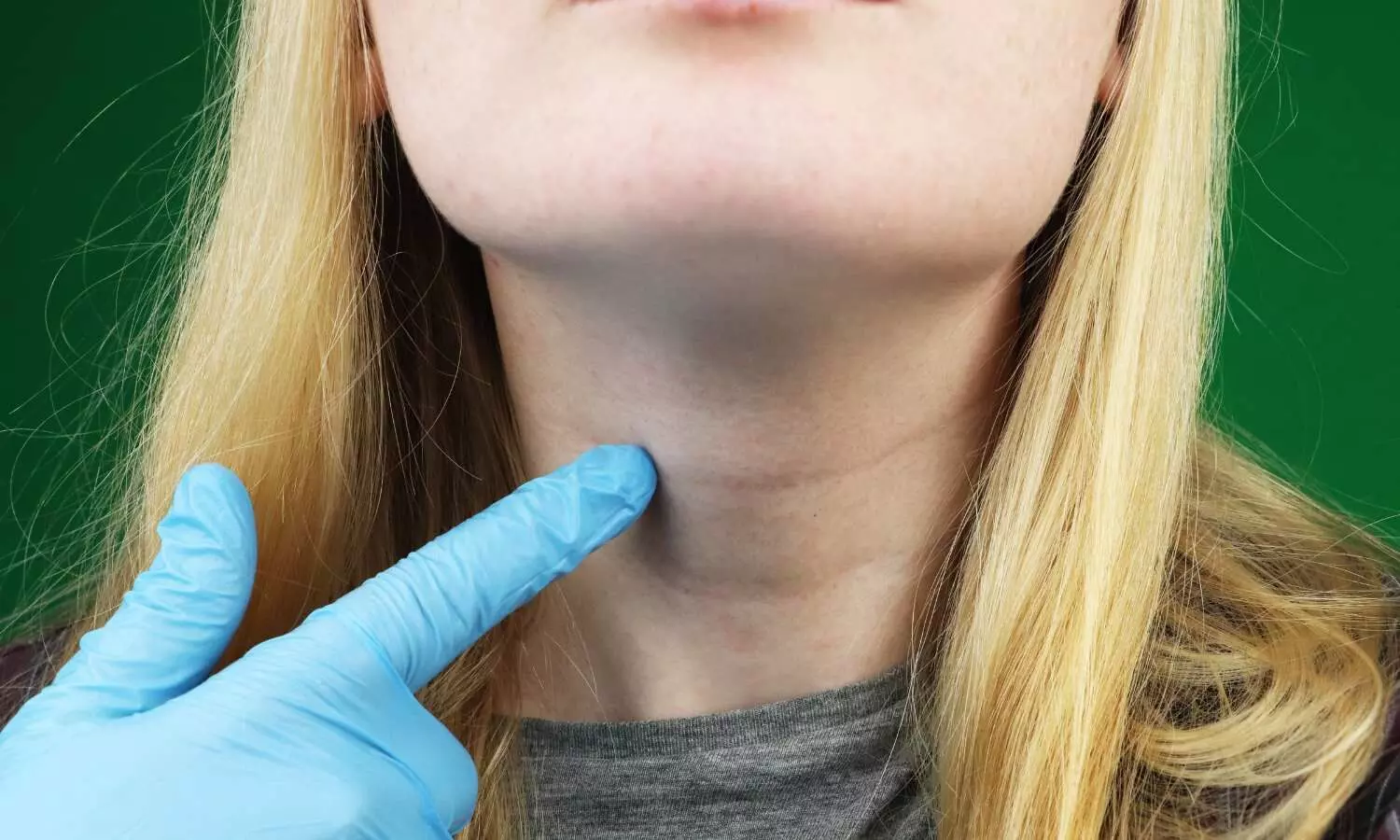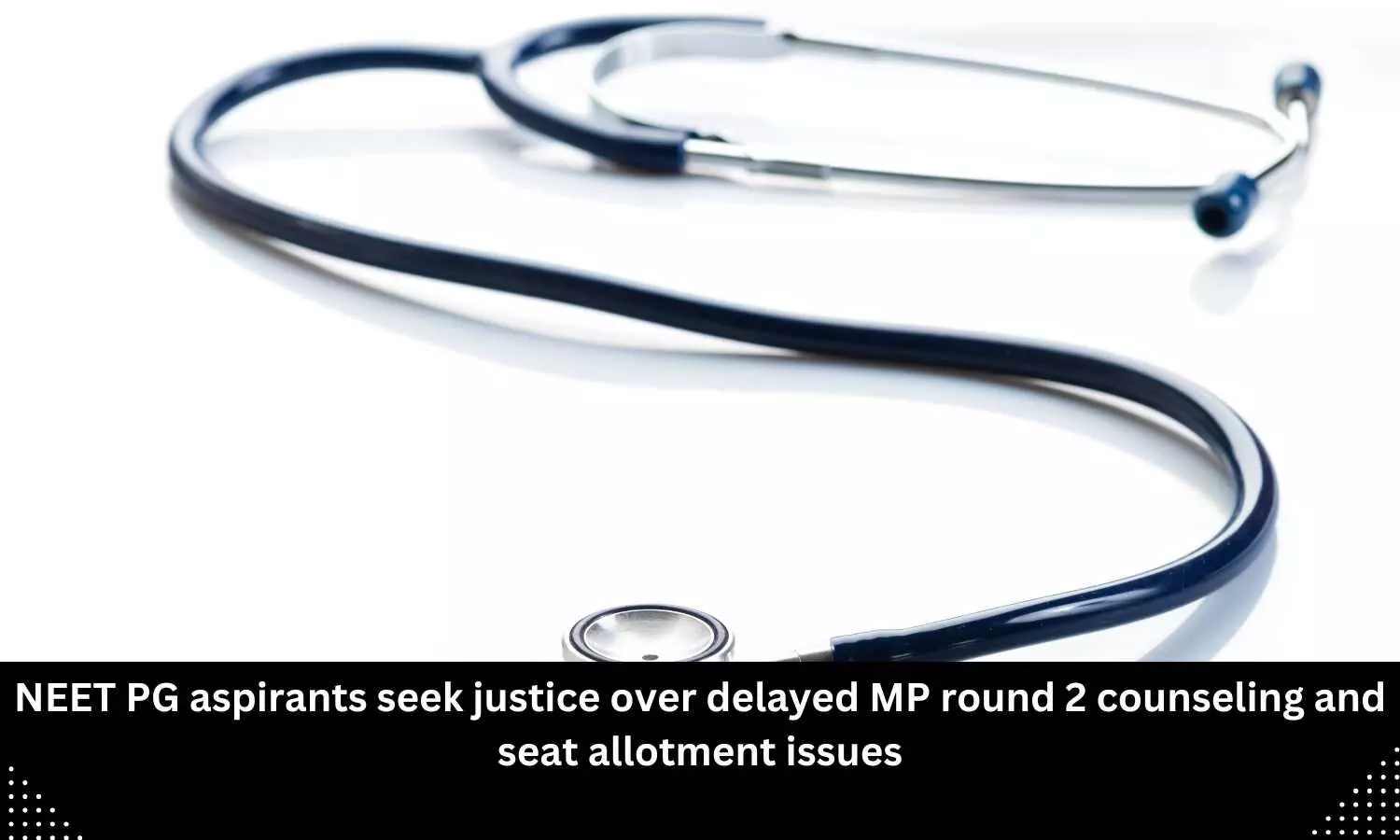Allergy drug Chlorcyclizine could potentially treat erythropoietic protoporphyria, claims research
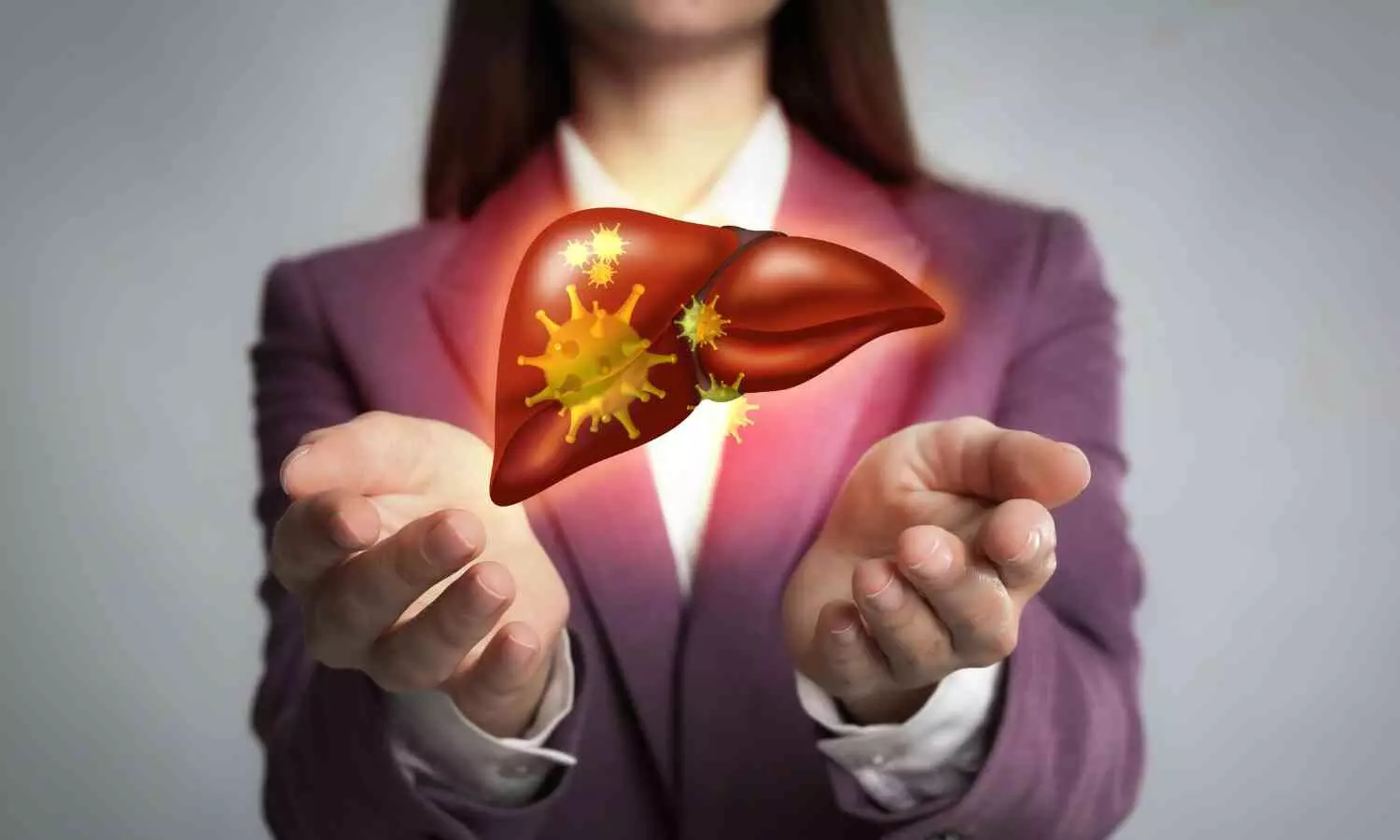
A common antihistamine may offer hope for patients with a rare genetic disease that can lead to severe liver damage and ultimately require transplantation, according to new research from Rutgers Health.
The study in Cellular and Molecular Gastroenterology and Hepatology found that chlorcyclizine, a decades-old allergy medication, could potentially treat erythropoietic protoporphyria (EPP), a condition that creates extreme skin light sensitivity and can produce toxic levels of protoporphyrin in the liver, bone marrow, red cells, and plasma.
“There is an unmet need for these patients,” said Bishr Omary, senior vice chancellor for academic affairs and research at Rutgers Health and senior author of the study. “The primary treatment for patients with severe liver damage is liver transplantation, which is a major and life-saving surgery that depends on available donor organs.”
EPP is a rare condition, affecting an estimated 4,000 people in the U.S. Of those, only a small percentage suffer enough liver damage to require transplantation. It is unlikely, therefore, that any company will develop a drug to treat the condition, which is why Omary and his colleagues tested existing medications.
The research team screened more than 2,500 compounds, including many FDA-approved drugs, in a zebrafish larvae EPP experimental system previously described by Omary’s lab. The tiny fish allow researchers to visualize the buildup of toxic compounds easily and test potential treatments.
“The zebrafish are transparent at their larval stage, and that allows us to quantify and visualize the porphyrin, which is fluorescent,” said Ning Kuo, the first author of the study who worked with Omary at the University of Michigan, then Rutgers before moving to the University of California, San Diego to pursue her PhD. “It was easy to evaluate each treatment under the microscope. If I saw glowing porphyrin, the treatment didn’t work. If I didn’t, the treatment had enabled the liver to excrete it into the fish culture medium.”
When the researchers tested chlorcyclizine in mice with EPP, they found that female mice, but not male mice, experienced reduced hepatic protoporphyrin accumulation and liver injury, decreased protoporphyrin in bone marrow and red cells and increased protoporphyrin excretion in stool. This sex-specific effect appears related to how quickly males metabolize the drug.
“In rats, chlorcyclizine is metabolized eight times higher in male versus female livers,” said Omary. “Fortunately, we’re not aware of similar chlorcyclizine metabolism differences in humans.”
The study team, which included one researcher from Michigan, replicated their findings using an independent toxin-induced EPP mouse model. They also showed in EPP liver cell culture models that the histamine pathway promotes porphyrin accumulation, which is blocked by the over-the-counter antihistamine drug classes that treat allergy (e.g., chlorcyclizine or fexofenadine) or that limit acid production (e.g., cimetidine or ranitidine).
Detailed analysis showed that chlorcyclizine appears to work through multiple mechanisms, including helping the liver clear toxic porphyrin buildup and reducing inflammation. It also decreased the presence of mast cells, a type of immune cell that produces histamine.
For EPP patients, the findings could eventually lead to a much simpler treatment option than transplantation by preventing liver damage at a much earlier stage. The antihistamine allergy drugs have been used safely for decades, which could help speed the path to clinical trials for this new use.
The researchers hope to secure support for a clinical trial to test the effectiveness of chlorcyclizine in EPP patients for both liver and skin involvement. A phase 2 clinical trial is already underway, testing the antacid cimetidine for treating the skin manifestations of EPP. It is possible that the different antihistamines may act additively or synergistically.
“Given their well-established safety, we hope to fast-track trials of chlorcyclizine either alone or in combination with cimetidine,” Kuo said.
Reference:
Ning Kuo, Pei Li, Juliana Bragazzi Cunha, Lu Chen, Jordan A. Shavit, M. Bishr, The histamine pathway is a target to treat hepatic experimental erythropoietic protoporphyria, Cellular and Molecular Gastroenterology and Hepatology, DOI: https://doi.org/10.1016/j.jcmgh.2025.101463
Powered by WPeMatico

